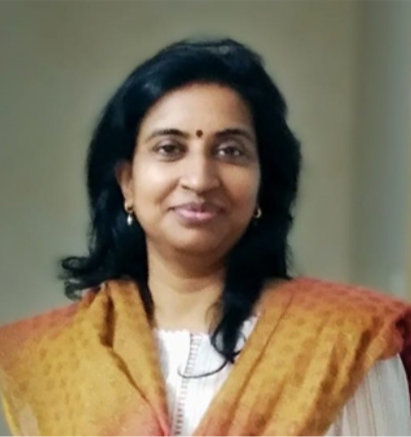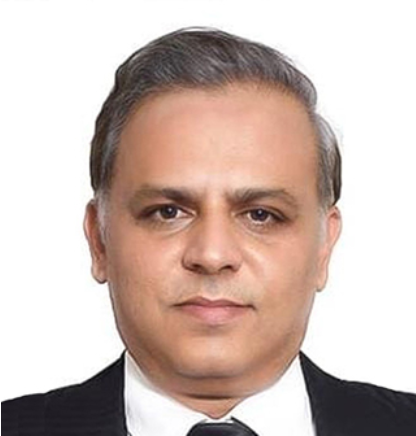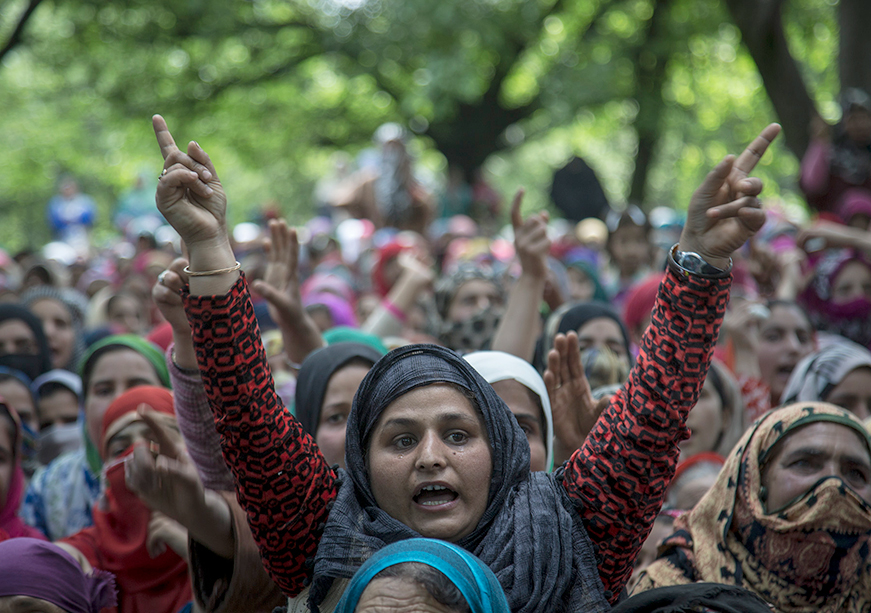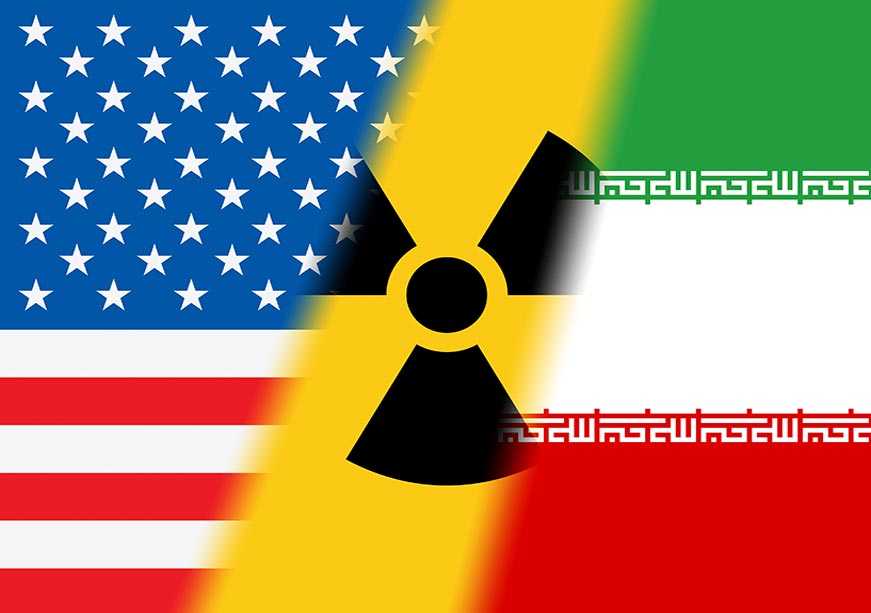IN LATE MAY 2021, Cyclone Yaas in the Bay of Bengal battered large parts of India’s eastern coastline, causing severe damage in the states of West Bengal and Odisha. The states of Bihar, Jharkhand, and eastern Uttar Pradesh also suffered the impact of the cyclone, which was categorised as a ‘very severe’ cyclonic storm as soon as it made landfall near Balasore district in Odisha on 26 May. Although a massive evacuation drive prior to landfall minimised casualties, the state government estimated that the storm affected 6 million people in 11,000 villages and caused damages to infrastructure amounting to losses of some INR 6.1 billion.[1]
Sradhanjali Pattanaik, 25, was born and raised in Chanuri, a village of 300 people in Bhadrak district, Odisha. For as long as she can remember, Sradhanjali’s father, a farmer, had imparted to her a deep understanding of the community’s vulnerability to disasters. Bhadrak is under the constant threat of cyclonic storms that form in the Bay of Bengal during the monsoon season.[2] Often, heavy rainfall, accompanied by cyclonic storms, would lead to flooding in low-lying regions from the catchment areas of Baitarani River. In the past 16 years, the district has witnessed no less than eleven floodings and three massive cyclones.
Sradhanjali remembers her father’s accounts of the first cyclone their family experienced in 1999, when she was a toddler. Those stories left a mark on her and, looking back, she feels they ignited in her a passion to take part in disaster response.
In college, Sradhanjali participated in a two-day course on preparedness that gave her knowledge and skills. In 2014, she attended a one-week training camp that not only increased her awareness but also connected her with like-minded individuals.
In 2019, she became a Reliance Foundation Youth Volunteer and began her active involvement in disaster response. She joined training programmes, which continued virtually during the COVID-19 pandemic.[a] She helped raise awareness about the health emergency and, along with other volunteers, distributed masks to the community.
Sradhanjali worked hard, continuing with her volunteer work as she managed her part-time teaching job. Proving herself to be an inspiring figure, she managed to enlist the support of 15 other young women and men from the community, including her younger brother. Her dedication to supporting her community before and during calamities also included actively engaging in relief efforts in and around Chanuri village. With the help of pre-cyclone advisories received from Reliance Foundation, she was well-informed about the cyclone details, including the time and place of landfall. She focused her efforts on reaching out to communities in various flood-prone areas.
Sradhanjali encountered challenges to her work with the cyclone-affected communities. After evacuation, they received rations for people in shelters. However, volunteers were needed for transporting the rations to the shelters. Despite the risks posed by the cyclonic storm, Sradhanjali and her friends took it upon themselves to personally move the rations.
During another cyclone, Sradhanjali witnessed the neighbouring family narrowly escaping harm when a large tree fell in their backyard. As the public services were already overwhelmed dealing with communication and electricity issues, rescue efforts were delayed. The community came together and, using household tools, cleared the backyard of the fallen tree.
Sradhanjali’s parents often express concern for her safety, but at the same time, they have always been proud of what she does and offer her their support. While her mother wishes for her to delegate certain tasks to individuals whom she feels would be better equipped to handle them, she acknowledges Sradhanjali’s role as a beacon of hope for their community in times of crises. Says Sradhanjali, “When they have problems, they come and find me, and we try to solve it together.” Her commitment to her community and her willingness to confront challenges head-on demonstrate her invaluable role as a reliable support system during difficult times.
Sradhanjali shows the impact that a single leader—with enough heart and passion—can have on a community. By supporting and empowering individuals through targeted disaster preparedness trainings, it becomes possible to initiate a positive ripple effect that extends to the entire community.
Sradhanjali’s story underlines certain lessons in disaster preparedness.
The crucial role of capacity building for community leaders: Building knowledge and skills among local community leaders through even short-term training courses can equip them for the difficult task of disaster preparedness and response. When a leader possesses the necessary knowledge and skills, they become catalysts for change and are able to inspire others. By providing focused trainings to these leaders, they gain the tools and understanding to effectively engage their community, raise awareness about potential risks, and implement preparedness measures.
- The value of community support during emergencies: The support and involvement of the community are vital in driving effective disaster response. Sradhanjali’s collaboration with other young people from her community exemplifies the power of collective action and community support in extending humanitarian assistance.
THIS STORY OF Sradhanjali is a modified version of a chapter that appeared in ‘Stronger Together: A Compendium of Stories of Courage and Resilience During Disasters’, jointly published by Reliance Foundation and Sphere India and launched on 22 February.[3] The publication highlights the imperative of building resilience during disasters by telling the stories of exceptional individuals whose efforts in humanitarian work have rallied their communities to work together and, consequently, grow stronger.
‘Stronger Together’ documents the stories of ten individuals who have shown courage and leadership in response to the challenges and the growing local needs in aftermath of a disaster or a recurring calamity. The volume highlights the replicability of actions described in the stories. The manner in which local leaders function, the approach of the community in responding to the calamity, and the lessons learnt from their efforts, can be applied across regions given an enabling environment.
Indeed, the stories of individuals like Sradhanjali can inspire communities not only in India but in other parts of the world. After all, according to the Global Risks Report 2021, extreme weather events, climate action failure, and human-led environmental damage will only intensify in the next 10 years.[4]
INDIA IS ALREADY witnessing these events. Over the recent years, the country has seen a concerning surge in climate change-induced disasters, posing challenges to the country’s overall resilience. India is a climate-sensitive country and experiences various calamities, such as floods, droughts, cyclones, and heatwaves, which have become more frequent and intense due to climate change. Some recent examples include the devastation caused by Cyclone Tauktae in 2021 in the southern parts of India, the displacement of people and damage to property during the floods in Assam and Bengaluru in 2022, heatwaves in Northern India, and the forest fires in Nagaland and in different regions across Uttarakhand.
While India has been taking concerted efforts to deal with these climate change-induced disasters, the outbreak of the COVID-19 pandemic had far-reaching ramifications on lives and livelihoods, and the overall social and economic fabric of communities across the world. While biological disasters primarily affect humans, there has been a rising incidence of diseases amongst animals, such as the Lumpy Skin Disease that affects cattle and the Nipa virus that afflicts pigs as well as humans. These diseases cause economic losses that impact the livelihoods of people dependent on livestock, and health and sanitation concerns for the people in the community.
The escalating frequency of disasters presents a pressing challenge for all nations, but more particularly for countries like India, where developmental challenges are more acute. The urgency of the task has prompted the government to adopt a comprehensive approach that integrates climate resilience, disaster management, and public health strategies.
To be sure, investing in resilience and adaptation to avoid costs of hazard impacts is an imperative across the globe, as underscored by the United Nations GAR Special Report 2023. These efforts will save lives and resources. The same report calls attention to the need to act effectively to mitigate the impacts of a so-called ‘polycrisis’, describing how the impacts of climate change are causing existing hazard events to become more intense and frequent, creating compound and cascading crises.
In 2016, the Prime Minister of India released a 10-point agenda on Disaster Risk Reduction (DRR) to address the need for enhanced resilience against disasters. The agenda on DRR serves as a guiding framework for enhancing the country’s resilience against disasters. It emphasises the vital role of sustained and collective action in strengthening communities against disasters, while also acknowledging the importance of local organisations that have an acute understanding of local needs, challenges, and capacities. This approach fosters a resilient society capable of withstanding and overcoming challenges.
In this regard, ‘Stronger Together: A Compendium of Stories of Courage & Resilience During Disasters’ was published to serve as a powerful source of inspiration and courage to better prepare for and respond to disasters in India. This aligns with the core aspects of the 10-point agenda, particularly Point 9: “Make use of every opportunity to learn from disasters.”
The compendium captured specific best practices adopted by individuals and communities at the grassroots for response to, and mitigation of disaster impacts in different parts of India, supported by local organisations in building capacities of these individuals and in assisting them to thrive through adversities. Their stories of courage exhibit resilience in the face of crisis and acknowledges the Agenda’s Point 8, which focuses on building local capacities to enhance disaster risk reduction.
Identifying the need for participatory decision-making in disaster management, the National Platform for Disaster Risk Reduction (NPDRR) was constituted by the Government of India in 2013. The theme of the 3rd session, in 2023, “Building Local Resilience in a Changing Climate”, reflects the need for localising disaster risk management at a time when disaster risks are not only increasing but new patterns are emerging. While building local capabilities is indispensable for resilience, equally critical is the localisation of disaster risk reduction efforts. Representing local expertise, communities at the grassroots possess a sensitive understanding of local needs, challenges, and capacities. ‘Stronger Together’ highlights the efforts of local communities to respond to the increasing frequency of disasters, in order to save lives, minimise impacts, and build resilient frameworks to face future disastrous events.
One of themes of the 3rd session of the NPDRR focused on enabling women’s leadership, which is also aligned with the agenda’s Point 3: “Women’s leadership and greater involvement should be central to disaster risk management.” ‘Stronger Together’ recognises these objectives and captured stories of women at the grassroots, portraying courage in response to disasters, building trust relationships across communities, and acknowledging that gender equality is a pillar of any effort to empower communities.
During emergencies, the delivery of relief support can take many months due to disruptions in the supply chain and restricted movement, as witnessed during the COVID-19 emergency. In response to such adversities, therefore, it is crucial for communities to lead themselves out of danger and foster a practice of disaster resilience and risk management through coordinated support and assistance from local organisations, local leaders, and government response agencies.
THE TEN STORIES contained in ‘Stronger Together’ offer valuable lessons in shaping future strategies and efforts to strengthen the resilience of communities.
- Nurturing local resilience by empowering the grassroots through trainings and capacity building, with the aim of fostering a network of capable responders. The COVID-19 pandemic highlighted the need for training and knowledge sharing on psychosocial support and counselling of children and families affected by the crisis, thus empowering communities to thrive amid challenges, and ensuring their sustainable growth and well-being.
- Harnessing the power of multi-stakeholder partnerships. Community-led partnership models guided by a multi-stakeholder collaborative approach are a key to strengthening the resilience of local communities across India, offering innovative frameworks for sustaining livelihood opportunities. The establishment of the Mahila Sangh (Women’s Self-Help Group) is a testament to the importance of multi-stakeholder partnerships in bolstering community resilience.
- Fostering local leadership for resilience at the grassroots. During emergencies, the presence of capable local leaders becomes paramount as they can effectively lead and provide support to affected communities. Notably, local leaders play a vital role in mobilising communities, identifying immediate needs, and providing essential relief and assistance to affected populations. By embracing community-led partnerships, locals can be equipped to actively participate in their own resilience-building processes, paving the way for sustainable progress and a brighter future.
- Raising awareness through demonstration programmes. Educating communities about disaster risks, early warning systems, and the preparation of flood survival kits is vital. Through the dedicated efforts of community workers and enhanced community preparedness, reliance on external aid and government support during disasters can be reduced. This enables communities to handle crises effectively and increases their ability to respond to and recover from adversities.
- Importance of co-production of knowledge. With more context-sensitive knowledge production, there is considerable opportunity to integrate local knowledge, positive traditional practices, and understanding of local priorities and perceptions. It also leads to the provision of improved, target-oriented methods of communication in location-specific contexts. Most of all, local knowledge is a critical social element of the adaptive capacity and resilience of communities.
- The significance of the knowledge-sharing process. Localised sharing and exchange of knowledge through ‘learning communities’, particularly on how they mitigate disasters through traditional knowledge, can be a crucial element in the process of building resilient communities.
- Adapting human systems and making them more climate resilient. Strengthening the capacity of local systems to cope with and recover from climate shocks is crucial for ensuring well-being and prosperity in a changing climate.
Endnotes
[a] The trainings were organised by Reliance Foundation, in collaboration with the Odisha State Disaster Management Authority and the Civil Defence Organization.
[1] Kheyali Roy and Shaurya Prakash, “Impact of Disaster ‘YAAS’: A Case Study of the Coastal Areas in Odisha,” Empower - The Journal of Social Work 2, no. 2 (2021), http://kaps.org.in/wp-content/uploads/2023/04/Impact-of-Disaster-YAAS-A-case-study-of-the-coastal-areas-in- Odisha-by-Kheyali-Roy-and-Shaurya-Prakash.pdf
[2] District Disaster Management Authority, Bhadrak, “District Disaster Management Plan, Bhadrak” (2023-24), https://www.osdma.org/districtplan/bhadrak/#gsc.tab=0
[3] Jayashree B. et al., Stronger Together: A Compendium of Stories of Courage and Resilience During Disasters, Reliance Foundation and Sphere India, February 22, 2024, https://www.orfonline.org/research/stronger-together-a-compendium-of-stories-of-courage-and-resilience-during-disasters
[4] World Economic Forum, Global Risks Report 2021, January 19, 2021, https://www.weforum.org/publications/the-global-risks-report-2021/
The views expressed above belong to the author(s). ORF research and analyses now available on Telegram! Click here to access our curated content — blogs, longforms and interviews.

 PDF Download
PDF Download

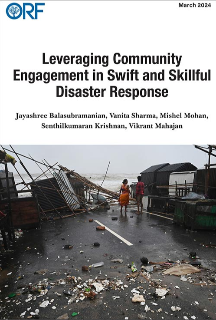

 PREV
PREV
